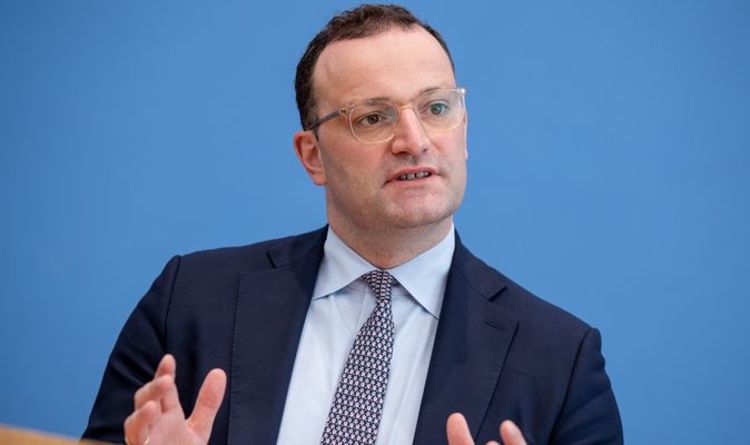Nominated for 20 Emmys in its first season, including Outstanding Production Design for a Narrative Program (Half-Hour), Apple TV+’s Ted Lasso has been a hit since it was released in August of last year. Production designer Paul Cripps knew that his work needed to highlight the comedic writing by creating as realistic of a space as possible. In Ted Lasso, Ted (Jason Sudeikis) is an American football coach brought to London to coach an English football team, having no previous knowledge of the sport he would know as “soccer.” In an effort to capture that realism, Cripps used a mixture of set builds, location scouting, and post production work to make bring this show to life.
DEADLINE: What were your initial thoughts on set design and location scouting?
PAUL CRIPPS: Well, the comedy writing was so good that I felt we had to kind of create a real world that the characters fit into and inhabit. I thought that the actual world of the football and the team needed to be quite real, and then you’d believe the kind of fish-out-of-water story. So, we went for quite a bit of reality in order to make the comedy work, but also to make the more heartfelt moments of the show work, it had to feel like real situations and real relationships.
DEADLINE: And why was the episode “For The Children” chosen for consideration?
CRIPPS: For my part, it was quite difficult to choose a particular episode. I felt this one encapsulated a lot of the main sets that we inhabit, but also the gala incorporated a beautiful kind of period London. The location worked really well with what was happening in the drama, and it was a split location. The inside was at the Rivoli ballroom, and it’s one of the few remaining period ballrooms left. So, the interior was not where the exterior was in Richmond and it had some technical challenges but I thought it looked, as a whole, really lovely.
DEADLINE: What was the biggest challenge that you faced for Ted Lasso?
CRIPPS: I think probably the football, because we initially thought the football would be easy in the terms of it being based at a football club, but we didn’t realize that football clubs are so precious about their pitch. So in the end, we had to kind of create a pitch in conjunction with the post production guys to build a kind of virtual stadium. So, that was the most challenging thing, part of which we thought would be a bit easier, cause there’s not much football in the show, but it actually became quite a bit of a challenge to film realistic matches, or parts of matches, when we’re limited by the locations we can use.
Read More About:
Source: Read Full Article



